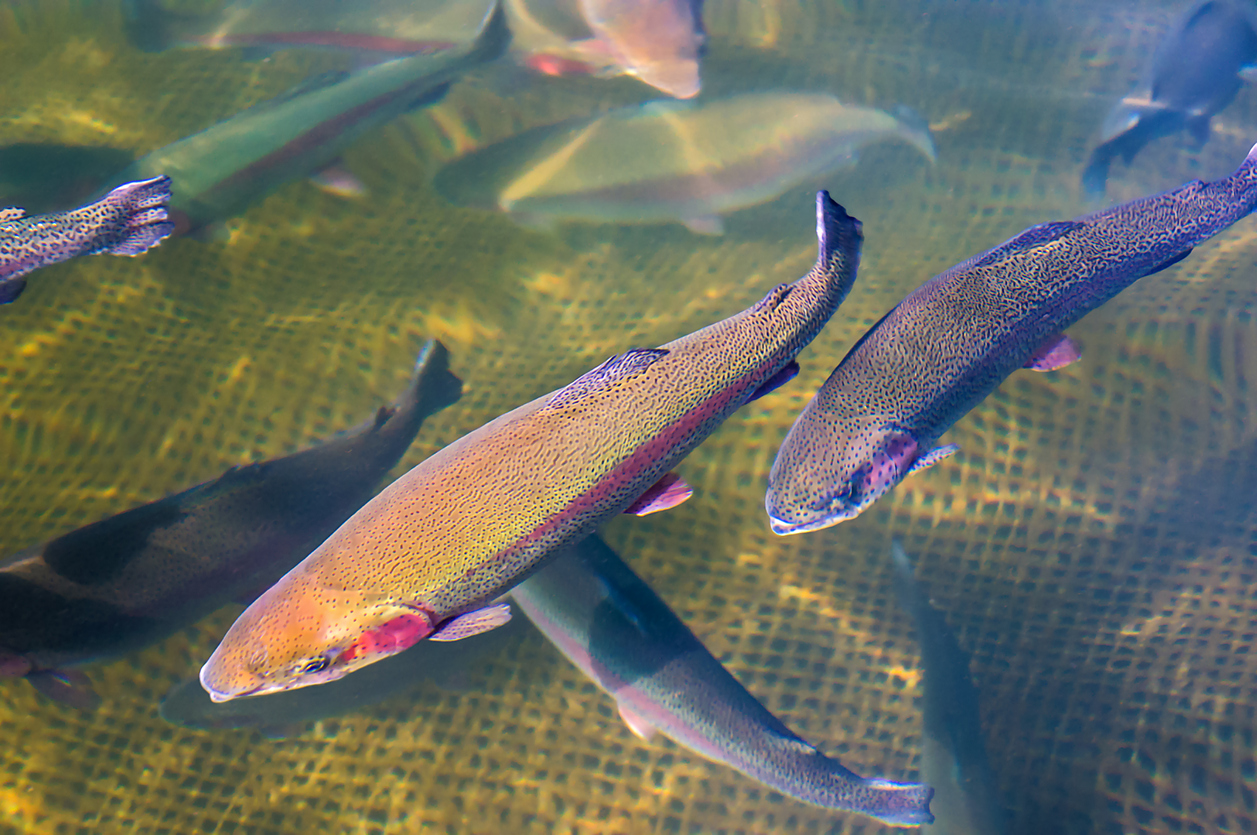Terrestrial crops and livestock are the most commonly associated agriculture-related investments. Another option, aquaculture involves the breeding, rearing and harvesting of plants and animals in all types of water environments. These fish-farming operations can increasingly support the world's insatiable demand for protein.
Today, less than half of world fish consumption is sourced from aquaculture, but there is significant room for growth in the industry. Over 90% of fisheries around the world are either over-fished or fully-fished. About one third of fish stocks are fished at a biologically unsustainable level, while 58.1% are already fully-fished. Moreover, per capita consumption has increased. In the 1960s, a person consumed 25.4 pounds of fish a year on average. Today, the rate of fish consumption amounts to 40.6 pounds per person each year. Total global fish production reached an all-time high of 169 million tons in 2016. That volume of farmed fish is expected to increase to approximately 178 million tons by 2025.
Currently, America's aquaculture industry supports only 6% of US food demand, producing primarily oysters, clams, mussels, and some fish. About 90% of fish consumed by Americans is imported, increasing fish prices and contributing to the country's trade deficit. Additionally, global production of fish is inconsistent, depending on weather patterns and biological factors (disease, predators), and as a result prices to distributors fluctuate.
It's clear there's a need for more fish to meet consumer growth and demand, and aquaculture can be the solution and produce quality product with less variation in price. Much of the world's current aquaculture is based in ponds, rivers, and ocean-based pens, though more recently, you'll find completely self-contained operations in an indoor environment. Legitimate environmental concerns have been expressed about some types of outdoor aquaculture related to pollution. Uneaten food pellets and fish waste in a concentrated area can disrupt wild fish populations and other aspects of the marine ecosystem.
Indoor aquaculture technologies allow intensive production to rear large numbers of fish in a relatively small space. A year-round fish production system can provide a pollution-free environment and high bio-security for the fish. Fish growth time can be dramatically accelerated by use of advanced control of water temperatures, salt concentrations and oxygen levels. These systems, also allow a relatively lower food-to-cost ratio by facilitating micro-adjustments to the feed, salt levels and water temperatures. Plus, with zero loss due to predators and by-catch, there's more room for species and harvest flexibility.
The goal of modern fish farms is to have zero effect on the environment. Ideally, all aspects of fish processing and rendering in the same facility can create a no-waste plant where fish are 100% utilized for human consumption, fishmeal, and oil as fish feed. Even fish manure solid wastes can be used for biogas production and irrigation. The best facilities use solar panels for energy production.
It goes without saying that the start-up costs to build a high tech, sustainable aquaculture facility such as the one described above is high. From an investor return stand-point though, the precisely controlled manner of fish production can produce superior risk-adjusted returns.


